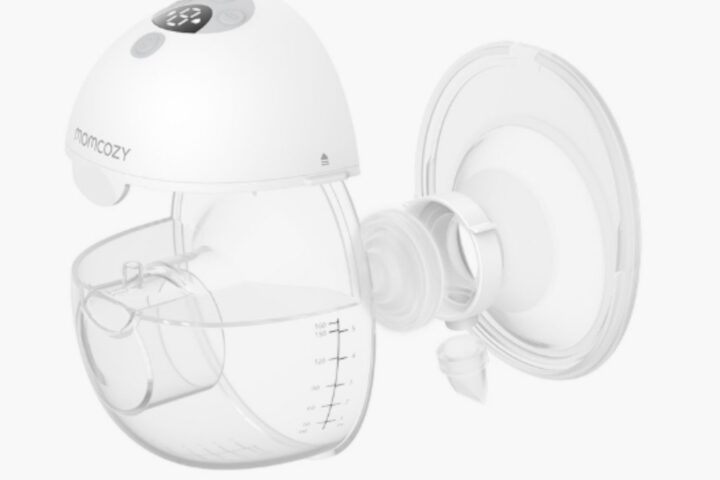Whether you’re a new worker just starting out or a seasoned manager with years of experience, balancing your personal and professional life is crucial. In addition to keeping you happy and mentally healthy, striking the right work-life balance enables you to achieve your best at work, allowing you to be fully present and involved.
But, sadly, it can be difficult to strike the right balance in the fast-paced world of business. To help, we’ve put together this four-step guide, covering everything from asking for help and saying no to making clever use of workforce solutions to work smarter.

How to Strike the Perfect Work-Life Balance in 4 Easy Steps
1) Ask for help
The first step is a simple one, but still very important: if you feel overwhelmed, you should never be ashamed to ask for help.
If you’re already feeling down, it can be easy to think of asking for help as a sign of weakness. In fact, nothing could be further from the truth: being able to speak up when you are struggling shows great self-awareness and strength.
What’s more, managers and colleagues will likely thank you for raising the issue, as it means they’ll be able to make changes in the workplace that help everyone function better.
2) Control your workload
Similarly to asking for help, being willing to say no to things demonstrates that you know your worth as a worker and enables others to make more realistic plans.
While there is, of course, a limit to this – your managers likely won’t thank you if you consistently refuse to do what they ask – controlling your workload can be key to avoiding burnout and overwork.
It can also encourage you to find creative ways to make the best use of your time. If you’re a manager, for instance, you might use workforce management software like Indeed Flex to automate the most boring, repetitive tasks and free you up to focus on the work that really matters.

3) Plan your day
Staying with the theme of control, planning out each day helps you strike a good work-life balance by imposing structure on what might otherwise be quite chaotic. In your plan, you should try to include the following things:
- The main tasks you need to get done
- Any important meetings
- Enough time to deal with unexpected issues
- Scheduled relaxation time
The last of these is crucial: rather than going on with your work and hoping you get enough time to take a break, leaving the end result up to chance, carving time out of your day in advance guarantees that you will have space to relax. Planning your day is also a helpful way to make sure that you know what you need to get done and can help you set goals and move towards them more clearly.
Top tip: If you’re a manager, actively encourage your workers to make plans and include some time to relax. Setting aside time for rest can do wonders to help keep your workforce engaged.
4) Put the screens away
Finally, you should make sure to take at least some time every day away from your screens. Computers, phones and tablets are incredibly useful, powerful tools and are indispensable to most modern working environments. But they can also be major sources of distraction, with constant notifications and updates contributing to anxiety.
Luckily, the solution to this problem is simple: you can achieve significant improvements in your mental health by simply cutting down on your screen time. Whether you’re reading a book, going for a walk or just chatting with your colleagues, getting away from the glare not only gives your eyes a rest but helps your brain recharge too.

A good work-life balance is a major element of good mental health and can make the difference between flourishing at work and burning out. We hope you find these tips helpful and can use the advice here to manage your workload and stay happy, healthy and engaged.








